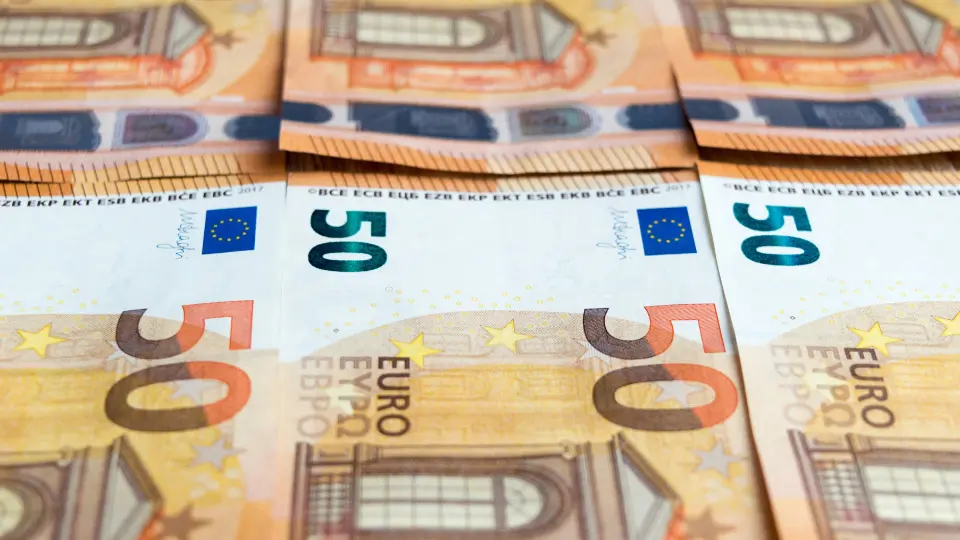The euro fell to a three-week low on July 14, 2025, amid rising geopolitical tension and trade threats from former U.S. President Donald Trump. In contrast, the U.S. dollar surged, buoyed by investor demand for safe-haven assets and expectations of economic resilience in the United States. This shift in global currency dynamics is reshaping trade relationships, investment strategies, and market sentiment worldwide.
What Triggered the Euro’s Slide?
Markets were rattled after Trump announced a possible 30% tariff on imports from the European Union and Mexico starting August 1. The threat immediately put downward pressure on the euro, as traders feared retaliation from the EU and disruptions to trade flows.
Meanwhile, weak eurozone industrial data and sluggish inflation numbers have added to the euro's burden, reinforcing the narrative that the European Central Bank may have to keep rates lower for longer compared to the U.S. Federal Reserve.
Why the U.S. Dollar Is Gaining Strength
The dollar’s rally reflects more than just risk aversion. U.S. economic indicators, including stronger-than-expected job growth and higher consumer spending, have raised the likelihood of the Fed maintaining a hawkish stance into Q3 2025. Additionally, investors continue to pile into dollar-backed assets, viewing them as a buffer against global volatility.
- U.S. Dollar Index (DXY) climbed above 106 for the first time since April.
- Euro to USD exchange rate slipped below 1.06, the weakest since late June.
- Safe-haven flows into U.S. Treasuries and commodities are adding to the dollar’s upward momentum.
Impact on Global Trade and Investing
1. Trade Costs and Export Challenges
A weaker euro makes European exports cheaper in dollar terms, potentially boosting demand. However, rising uncertainty around tariffs and currency volatility could deter long-term contracts. For U.S. companies, a stronger dollar could reduce competitiveness abroad, especially in sectors like technology, manufacturing, and agriculture.
2. Investor Reactions and Portfolio Shifts
Portfolio managers are adjusting strategies to account for the dollar surge:
- Shifting exposure toward U.S. equities and short-term bonds
- Reducing holdings in eurozone stocks and ETFs
- Hedging against further euro depreciation through options and currency swaps
3. Emerging Market Risks
Emerging markets with dollar-denominated debt may face rising costs as the greenback strengthens. Investors are cautious about capital outflows from Asia and Latin America, where central banks may struggle to maintain currency stability.
What to Watch Next
All eyes are on upcoming CPI and PPI inflation data from the U.S., as well as July’s ECB meeting. Traders will also monitor further rhetoric from global leaders ahead of the G20 Summit later this month. If trade tensions escalate, further volatility in forex markets is expected.
In the near term, the EUR/USD pair could face further downside pressure unless economic fundamentals in the eurozone show signs of improvement or the U.S. Fed shifts to a more dovish tone.
Conclusion: Currency Moves Signal a Changing Global Landscape
As geopolitical uncertainty and diverging monetary policies continue to shape the forex market, the euro's weakness and dollar's strength may persist through Q3. Investors, exporters, and policymakers must brace for a prolonged period of volatility, with potential impacts spanning trade, inflation, and cross-border capital flows.

